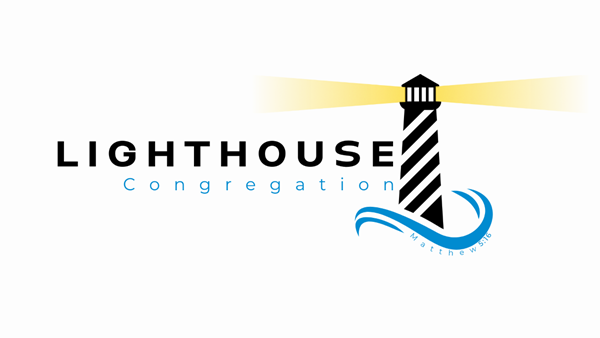Even in churches that vote to disaffiliate one often finds individual members who are committed to remaining within The UMC. For these loyal United Methodists losing their home congregation and finding another UM church can be a difficult and painful process. To support them many annual conferences are encouraging existing churches to become lighthouse congregations.
A lighthouse congregation (also sometimes known as an oasis congregation) is a faith community geared specifically to welcome and support loyal United Methodists whose churches have closed or disaffiliated. These congregations live out a deep commitment to hospitality to help displaced United Methodists heal from the pain of losing their church.
Many annual conferences have developed their own process for designating lighthouse congregations, but here are some general guidelines that might help your congregation get started:
Contact your district superintendent
Your annual conference is already aware of the effects disaffiliation is having on your area and is hopefully taking steps to support displaced United Methodists. Contact your district superintendent to find out if they have a process for approving lighthouse congregations and let them know that your congregation is interested in becoming one. Your DS may wish to meet with your congregation to discuss the process and better gauge their commitment/ability to support displaced United Methodists.
If your conference doesn’t have a lighthouse congregation network you might contact other conferences with their own networks in-place to help guide your congregation (see list of conference lighthouse programs below). It’s essential to make your DS aware of your intentions and get the blessing of your conference leadership before becoming a lighthouse congregation.
Form a core team
The entire congregation needs to be fully committed to becoming a lighthouse. Hold a church meeting to discuss what this will mean for your church and select a core team of members who will oversee the process. These individuals will need to be able to meet together regularly, attend in-house or offsite trainings and offer guidance/instruction to other church members.
Core team members should include the pastor and lay members with experience in hospitality, discipleship/spiritual formation and age-level ministries. This core team will be responsible for implementation across the congregation.
Return to the basics
The way to welcome displaced United Methodists into your congregation is to return to the timeless Methodist practices and values that first attracted them to The UMC. Do a hospitality assessment, expand your community engagement and/or offer new classes/small groups to serve displaced visitors. First United Methodist in Graham, North Carolina formed a new small group just for “exiles and wanderers” to give displaced United Methodists a safe space to meet together and share their experiences.
Celebrate and reaffirm your United Methodist identity. You might offer adult classes on the teachings of John Wesley or basics of United Methodism. Amplify Media has free online studies available on books exploring the Wesleyan tradition. Showing your congregation’s continued commitment to the United Methodist Church will let visitors know they’ve come to the right place.
Communicate your message effectively
As you start to live into your new role as a lighthouse congregation use your church website, social media and print communication to let people know. When you post to social media use the #BeUMC hashtag. You might also post your church information on social media groups or channels serving audiences committed to remaining United Methodist, such as Stay UMC.
Be sensitive and supportive
Above all, remember that this is a sad and painful time for displaced United Methodists. Be ready to offer pastoral care to them. Losing one’s church can feel like losing a loved one or ending a relationship. There will be pain, sorrow, grief and anger that they need to express and work through. Give them time and space to grieve, while offering ample ways to reengage themselves in ministry through worship, small groups, outreach and community events.
Don’t treat this as an opportunity for your church to grow. Don’t pressure displaced United Methodists to join your congregation right away. Instead, let them know that you are here to support them however they need for as long as need, no strings attached. Some visitors might become members of the church, while others may just be looking for a safe place to worship and be a disciple as they figure out their next steps. Your task as a lighthouse congregation is to help them find their way, even if their journey doesn’t end at your door.
Becoming a lighthouse church isn’t just a matter of putting a sign up on the front door. It takes a deep commitment and intentionality to make sure you are meeting the spiritual and emotional needs of displaced United Methodists. If your congregation is ready to a beacon for displaced United Methodists here are some additional resources that can help you:
Annual Conferences with lighthouse networks
- Baltimore-Washington
- East Ohio
- Kentucky
- Mississippi
- North Carolina
- North Georgia
- Oklahoma
- Peninsula-Delaware
- Texas
- Upper New York
- Western North Carolina
- Western Pennsylvania
Additional resources
- BeUMC resources for leaders
- Committed to The UMC
- Lighthouse Congregations offer hope amid schism (UMNS)
Philip J. Brooks is manager of leader content at United Methodist Communications in Nashville, Tennessee, USA.

